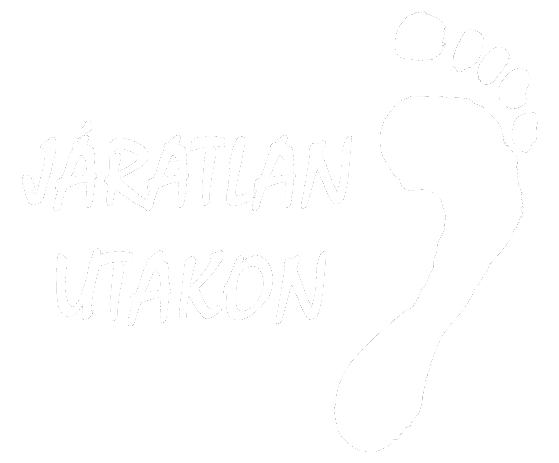The Moravian–Silesian Beskids is a mountain range in the Czech Republic with a small part reaching to Slovakia. It is part of the Western Beskids, which is in turn part of the Outer Western Carpathians.
The mountains were created during the Alpine Orogeny in the Cenozoic. Geologically, they consist mainly of flysch deposits. In the north, they steeply rise nearly 1,000 m (3,300 ft) over a rather flat landscape; in the south, they slowly merge with the Javorníky.
The highest point is Lysá hora mountain at 1,323 m (4,341 ft), which is one of the rainiest places in the Czech Republic with around 1,500 mm (59 in) of precipitation a year.
The Moravian-Silesian Beskids create the largest part of the Beskydy Landscape Protected Area. The mountains are 80% forested, though mainly by plantations of spruce which were in some parts severely damaged by emissions from the Ostrava industrial region. Originally, the mountains were covered by mixed forest with dominant beech which are preserved in many places. Recently, permanent occurrence of all three large Central European carnivores – lynx, bear and wolf – have been confirmed in the area.
This English talks part is concerning to Visegrad countries – Hungary, Czech Republic, Poland and Slovak Republik and is supported by Visegrad fund.
